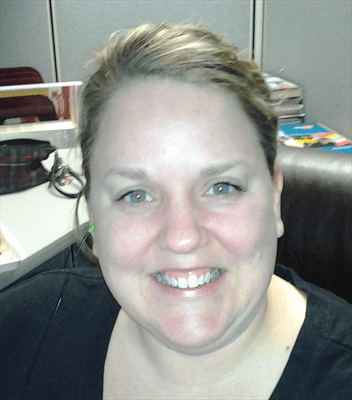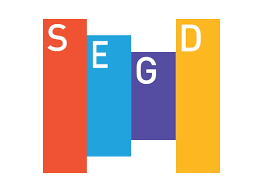Inside Metro Signs – Jamie Potvin, Designer
Architectural Signage, Design/Build, Inside Metro, Metro Sign & Awning, Others, Sign DesignFor Jamie Potvin, the process starts when information about a new project begins to trickle in through one of the sales team members. Over the next days and weeks, she steeps herself in the client’s history and strategy, various signage suggestions, client and team requests, and specific requirements, as well as any graphic elements such as client logos that are already available. She also likes to look at comparable signage of the same size and classifications that’s already “out there” in the community.
Then she dives into the design process.
With more than fifteen years of experience, Jamie likes to start a project by working on some “looks”: rough sketches and simplified renderings of the new sign’s essentials. She’s usually able to come up with a few different ideas which she’ll review with the sales team and – once she’s polished the rough sketches so they are good enough – send off for client reaction and/or approval.
Jamie uses the client’s feedback, along with any additional input from the sales team, to fine tune the best of her rough sketches, working the signage design over and over again until it finally wins approval.
How long does the design process take?
“It depends,” recounts Jamie.
“With repeat clients,” she explains, because she often works again and again with the same local banks and other vendors, “they’ll usually prefer the same style and materials we’ve used on previous signs we’ve fabricated for them.” With new clients, the process is exploratory and full of interesting discoveries.
“Some clients have very few preconceptions about what they’re looking for, and will readily accept the best of our ideas. But other clients have very specific expectations for their new signage’s look and feel, although they may not be able to articulate what they want, easily, rapidly, or precisely. In those cases, it takes a while to get all the way to the design they really want.”
One recent design project involved two “filters” on the client’s desires: first, dealing with an intermediary instead of directly with the client, and second, having an architect in the mix.
“As a result,” says Jamie, “the information came in slowly, piecemeal. I’m patient, though, and try to keep working steadily toward what the client is looking for. Most times the sales team gets involved in the communication process. Occasionally, though, our normal process breaks down. Then the best route is for me to pick up a phone and start a conversation, asking specific questions to clarify what the client is trying to communicate.
“When I’m done with my part of a project, we have a mixture of detailed drawings, blueprints, and specifications on how the new sign will be made. I try to show all of the details that go into the new sign: the lighting, the various finishes on each of the materials, the specific sizes and dimensions, all of the components needed to build the sign, even the footing or attachment bracket details that show how it’s going to be installed in the ground or fastened to the side of a building,.”
On any given project, Jamie’s deliverable package can stack up to as many as 50 pages of drawings and specifications, all of which goes to the project management team, who run the follow-on aspects of the job, including signage fabrication, obtaining permits, and final installation.
Moving On Up
“I took some design courses,” recalls Jamie, “then got my first job at a small sign shop when I was 18. I started out doing hands-on work, such as cutting and working with vinyl materials. When computers came in, I started fooling around with their capabilities. Later, after I moved to a larger sign company, I got to do a lot more work with signs. Even though I knew a lot about signs and had about 10 years of experience, I started here at Metro Sign and Awning as a kind of a receptionist.
“Right from the beginning, though, I was showing my design portfolio and trying to create some designs for some of our projects. Whenever the design team got swamped, I naturally helped out.
“After a while, I moved up to office management, and then I was finally given the chance to try out for the design team. That’s where I always knew I wanted to work. I like being creative, and it’s fun because the work is different every day.
“Now design is my full-time assignment and I get to work on some pretty big sign projects. As much as I knew before, I’ve learned even more about signage inner workings, materials, sizes, and basically how to build signs.
“I still have a lot of learning to do, of course. On some of our bigger jobs, we’re dealing with extreme details and a great many specifications. I’m looking forward to mastering more of the complexity; there’s an endless amount of it, as new materials and new methods keep coming in.
“One very cool sign I worked on recently was for Northeastern University. It has color changing LED’s inside and looks amazing at night!”
|
|
|

